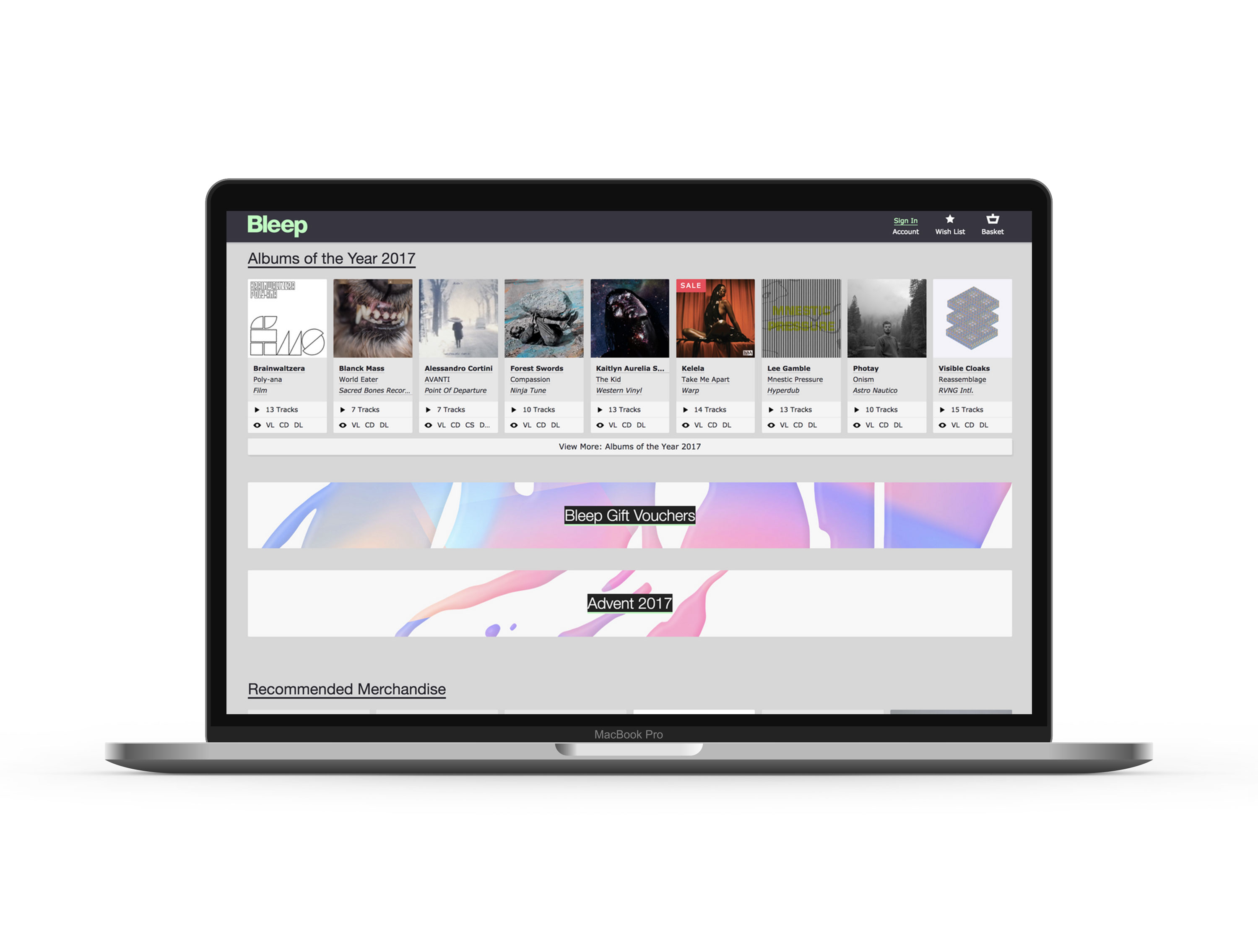Bleep is a peer-to-peer messaging app that promises unparalleled security. It offers this security by eschewing cloud servers for storing and delivering messages in favor of a distributed hash table (DHT). On the App Store Open the Mac App Store to buy and download apps. Bleep! 4+ The best BLEEPing app ever!
Introduction: How to Create a Censor Beep Sound in Audacity
-In this tutorial, I will show u how to create 1 second and 3 seconds beep censor sound with Audacity software
-Audacity is a free, easy-to-use, multi-track audio editor and recorder for Windows, Mac OS X, GNU/Linux and other operating systems. The interface is translated into many languages.
Download Audacity at http://sourceforge.net/projects/audacity/
Step 1: To Generate 1 Second Beep Tone

Step 2: Enter Tone Settings
Waveform = Sine
Frequency: 1000
Amplitude: 0.8
For Duration we set to 1 second, pick from drop down and enter as: 00 h 00 m 01 s+ 00000 samples
Step 3: Preview the Sound
Step 4: To Generate 3 Seconds Beeping Tone
Enter same settings as 1 second but for Duration = 00 h 00 m 03 s+ 00000 samples
I hope this tutorial help you use Audacity to generate beeping tone, to bleep out sounds from your video. :)
Be the First to Share
Recommendations
STEM Contest
Role Playing Game Challenge
CNC Contest
Testing and measurement are the means of collecting information upon which subsequent performance evaluations and decisions are made. In the analysis, we need to bear in mind the factors that may influence the results.
Objective
The objective of the Multi-Stage Fitness Test (MSFT), developed by Leger & Lambert (1982)[1], is to monitor the development of the athlete's maximum oxygen uptake (VO2 max).
This test is perfect for games players as it is specific to the nature of the sport but, due to the short sharp turns, it is perhaps not suitable for rowers, runners or cyclists.
Required Resources
To conduct this test, you will require:
- Flat non-slip surface
- 30-metre tape measure
- Marking Cones
- The Multi-Stage Fitness Test audiotape or CD
- A tape recorder or CD Player
- Recording sheets
- Assistant
How to conduct the test
This test requires the athlete to run 20m in time with a beep from a CD recording. The athlete must place one foot on or beyond the 20m marker at the end of each shuttle.
- The athlete warms up for 10 minutes
- The assistant measures out a 20-metre section and marks each end with marker cones
- The assistant starts the CD, and the athlete commences the test
- If the athlete arrives at the end of a shuttle before the beep, the athlete must wait for the beep and then resume running
- If the athlete fails to reach the end of the shuttle before the beep, they should be allowed 2 or 3 further shuttles to attempt to regain the required pace before being withdrawn
- The assistant records the level and number of shuttles completed at that level by the athlete when they are withdrawn
For an analysis of your VO2 max score, see the VO2 max normative data tables.
Normative data for MSFT
The following tables are adapted from Bizley et al. (2010)[3]
Male
| Age | Excellent | Above Average | Average | Below Average | Poor |
| 14 - 16 | L12 S7 | L11 S2 | L8 S9 | L7 S1 | < L6 S6 |
| 17 - 20 | L12 S12 | L11 S6 | L9 S2 | L7 S6 | < L7 S3 |
| 21 - 30 | L12 S12 | L11 S7 | L9 S3 | L7 S8 | < L7 S5 |
| 31 - 40 | L11 S7 | L10 S4 | L6 S10 | L6 S7 | < L6 S4 |
| 41 - 50 | L10 S4 | L9 S4 | L6 S9 | L5 S9 | < L5 S2 |
Female
| Age | Excellent | Above Average | Average | Below Average | Poor |
| 14 - 16 | L10 S9 | L9 S1 | L6 S7 | L5 S1 | < L4 S7 |
| 17 - 20 | L10 S11 | L9 S3 | L6 S8 | L5 S2 | < L4 S9 |
| 21 - 30 | L10 S8 | L9 S2 | L6 S6 | L5 S1 | < L4 S9 |
| 31 - 40 | L10 S4 | L8 S7 | L6 S3 | L4 S6 | < L4 S5 |
| 41 - 50 | L9 S9 | L7 S2 | L5 S7 | L4 S2 | < L4 S1 |
Notes
The test is made up of 23 levels, where each level lasts approximately one minute. Each level comprises a series of 20m shuttle runs where the starting speed is 8.5km/hr and increases by 0.5km/hr at each level. On the tape/CD, a single beep indicates the end of a shuttle and three beeps indicate the next level's start.
Time
The starting speed is 8.5km/hr and increases by 0.5km/hr at each level. The time for each 20-metre section can be estimated from the following equation:
- 20m Time = 72 ÷ ( ( ( Level - 1 ) × 0.5 ) + 8.5 )
Linux for mac mini. e.g. the time for 20m at level 11 is 5.33 seconds.
Shuttles
Knowing that the starting speed is 8.5km/hr and increases by 0.5km/hr at each level and the duration of each level is approximately one minute then the number of shuttles at each level can be estimated from the following equation:
- Shuttles = ( ( ( Level - 1 ) × 0.5 ) + 8.5 ) × 0.838
The result is rounded up to the nearest whole number, e.g. the number of shuttles at level 17 is 13.82, rounded up to 14 shuttles.
Analysis
Analysis of the test result is by comparing it with the athlete's previous results for this test. It is expected that, with appropriate training between each test, the analysis would indicate an improvement in the athlete's VO2 max.
Target Group
This test is suitable for endurance athletes and players of endurance sports (e.g. football, rugby) but not for individuals where the test would be contraindicated.
Reliability
Test reliability refers to the degree to which a test is consistent and stable in measuring what it is intended to measure. Reliability will depend upon how strict the test is conducted and the individual's level of motivation to perform the test. The following link provides various factors that may influence the results and therefore, the test reliability.
Validity
Test validity refers to the degree to which the test measures what it claims to measure and the extent to which inferences, conclusions, and decisions made based on test scores are appropriate and meaningful. This test provides a means to monitor the effect of training on the athlete's physical development. There are published VO2 max score equivalents for each level reached, and the correlation to actual VO2 max is high. For an assessment of your VO2 max see the VO2 max normative data tables.
Advantages
- Simple to set up and conduct
- More than one athlete can conduct the test at the same time
- Can be conducted indoors or outdoors
Disadvantages
- Specialist equipment required - CD & CD Player
- Assistant required to administer the test
- Due to the short sharp turns, it is perhaps not suitable for rowers, runners or cyclists
Free Calculator
Facts and FiguresInformation on the number of laps, distances, times, speed and VO2 max are provided for each shuttle in this linked pdf file. The file will be loaded into a new window. |
References
- LEGER, L.A. and LAMBERT, J. (1982) A maximal multistage 20m shuttle run test to predict VO2 max. European Journal of Applied Physiology, 49 (1), p. 1-5
- KILDING, A.E. et al. (2006) Measuring and predicting maximal aerobic power in international-level intermittent sport athletes. The Journal of Sports Medicine and Physical Fitness, 46 (3), p. 366-72
- BIZLEY, K. et al. (2010) BTEC First Sport Level 2, London, Harper Collins Publishers Limited, p. 303 Figure 3
Related References
The following references provide additional information on this topic:

- GOOSEY-TOLFREY, V. L. and TOLFREY, K. (2008) The multi-stage fitness test as a predictor of endurance fitness in wheelchair athletes. Journal of sports sciences, 26 (5), p. 511-517
- STICKLAND, M. et al. (2003) Prediction of maximal aerobic power from the 20-m multi-stage shuttle run test. Canadian journal of applied physiology, 28 (2), p. 272-282

Page Reference
If you quote information from this page in your work, then the reference for this page is:
- MACKENZIE, B. (1999) Multi-Stage Fitness Test [WWW] Available from: https://www.brianmac.co.uk/beep.htm [Accessed
Bleep For Mac Pro
Related Pages
Bleep For Mac Windows 10
The following Sports Coach pages provide additional information on this topic:




